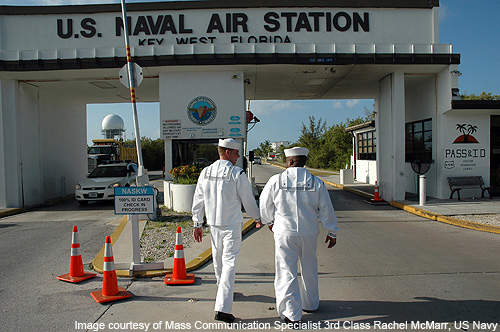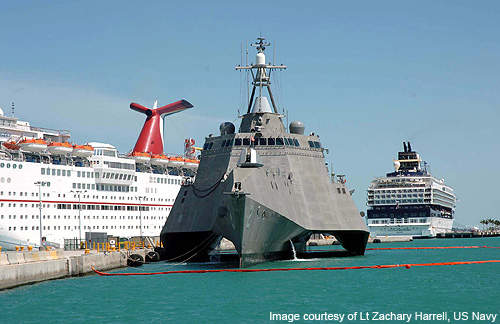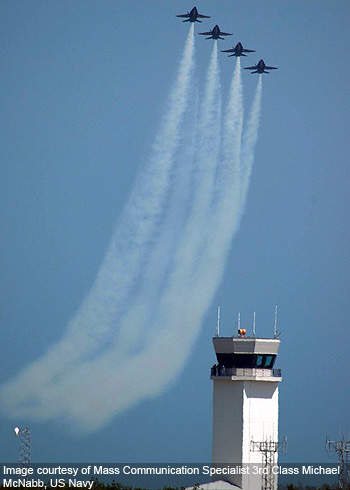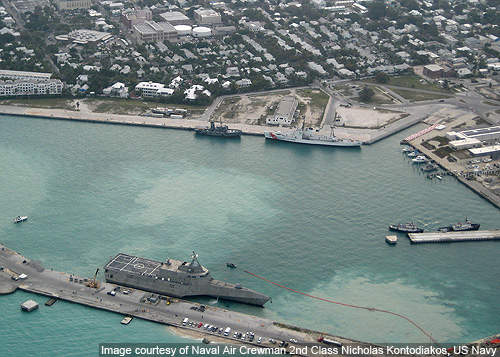Naval Air Station (NAS) Key West is located four miles east of Key West city, about 153 miles south-west of Miami and 90 miles north of Cuba. It is home to numerous tenant commands including the Joint Interagency Task Force South, the US Coastguard and the US Army special forces underwater training school.
Key West city is surrounded by the Atlantic Ocean on the east and south-east, the Gulf of Mexico on the north and west, and the Florida Straits on the south. NAS Key West covers more than 5,800 acres in the Lower Keys and the gulf water. Its air range spans around 134,000m².
NAS Key West history
The US Government established an anti-pirate squadron at Key West in December 1822. A naval base was established in 1823 at the area which is now known as Mallory Square. The US Navy formed a blockade squadron in Key West during the Civil War. The naval base was largely expanded and the entire US Atlantic Fleet moved to Key West during the Spanish-American War. The base saw less of a naval presence until the First World War, when the naval presence was increased and a naval submarine base was established at Truman Annex.
Naval Air Station Key West was established when the construction of a small coastal air patrol station began in July 1917 at Trumbo Point. A Curtis N-9 sea plane made first naval flight from Key West in September 1917 and Naval Air Base Key West was commissioned in December of the same year. The air station and submarine base were closed and most of the facilities at Trumbo Point were demolished after the First World War. A radio wireless station at the Truman Annex and the remaining facilities were occasionally used by the navy 1920-1930.
The base began to experience naval operations in the late 1930s in the consequence of growing German submarine operations in the region.
NAS Key West was reopened in December 1940 to support seaplanes operating from Trumbo Point. Key West had become home to submarines, destroyers and aircraft by the end of the Second World War.
NAS Key West was retained as a training facility after the war and proved vital during the 1962 Cuban missile crisis. Since its conception, the facility continuously evolved into a modern training facility for combat fighter aircraft of all US forces.
Operations
The Naval Air Station is well equipped to support up to 100 aircraft and 1,200 personnel at a time. The facility also provides port operations for visiting ships.
The base is home to over 30 tenant commands including the Construction Battalion, Maintenance Unit 202, Naval Branch Health Clinic, VFC-111 ‘Sun Downers’ and Adversary Squadron.
NAS Key West garrison facilities
The Naval Station Annex is currently used by the US Coastguard. Key West Coastguard headquarters is located at the Pier D-2. It also provides berthing facilities for USCG vessels. The North Mole at Truman Annex is used to berth deep draft vessels including visiting naval ships. Small craft are berthed at former submarine and repair docks at inner basin.
Air facilities
The Boca Chica Air Field in Key West consists of three asphalt runways. All the runways are accessible through taxiways. Runway 7/25 measures 3,048m in length and 61m in width. The other two runways, 3/21 and 13/31, measure 2,134m in length and 46m in width.
The 50-year-old air traffic control tower at NAS Key West was replaced with a new tower in February 2005.
Other facilities
NAS Key West is the premier training station for tactical aviation squadrons of the US Navy.
The naval air station is located near to local aerial ranges for the trainees to engage in training manoeuvres within a short time after take-off. The station is equipped with a sophisticated tactical combat training system to track and record combat aerial manoeuvres.
NAS Key West housing is provided by Balfour Beatty Communities under a public private venture project. Other facilities and services include the Key West Child Development Centre; medical and dental clinics; a Morale, Welfare and Recreation (MWR) centre; and a Navy Lodge.








